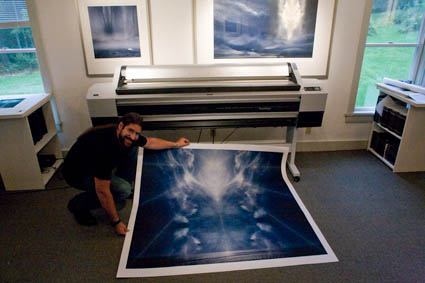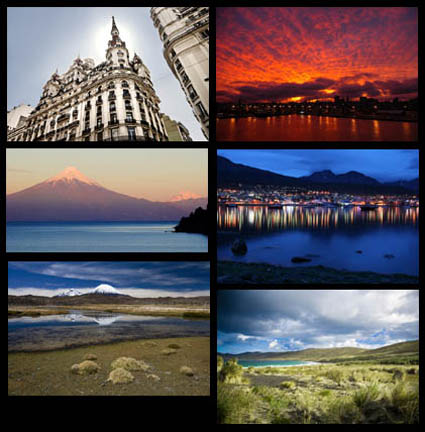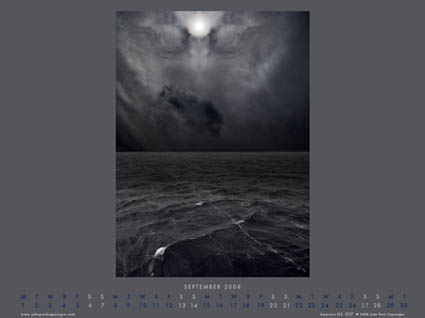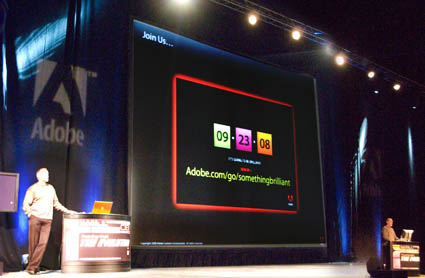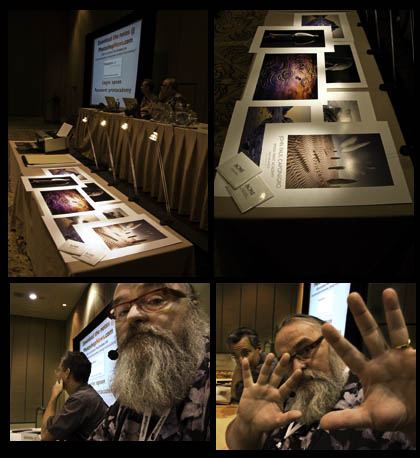Printing – Dot Structure

What’s the big deal about dot structure? Fine detail. Smooth gradients.
It’s more than small dots (picoliters). It’s also how the dots are placed (screening algorithms). And, how precisely the dots are placed (piezo-electric or heat-based). And, what shape they are. And, which colors are used with other colors. It’s complex! Thankfully, inkjet printers are easy to use.
I print a lot of smooth gradients. Gradation is a key component to the way I use color. All my exhibition prints are made on an Epson 11880. The dot structure and gradation generated by the latest generation print heads and screening algorithms from Epson are simply the best on the planet.
Dots structure has advanced so far, so fast it’s dizzying. A decade ago inkjet printers produced prints that looked like Roy Lichtenstein paintings. Now you have to look very carefully to see the dots. Sometimes you may be tempted to confuse grain or noise with dot structure, but if you look more closely you’ll see the difference; grain/noise is usually larger, softer, sometimes more random, and sometimes it collects in distracting clumps. Pretty soon, you won’t be able to see the dots in inkjet prints with the naked eye.
Find Epson printers here.
Check out the Epson Professional Imaging website here.
Check out my Printing downloads here.
Find out about my digital printing workshop series The Fine Digital Print here.




